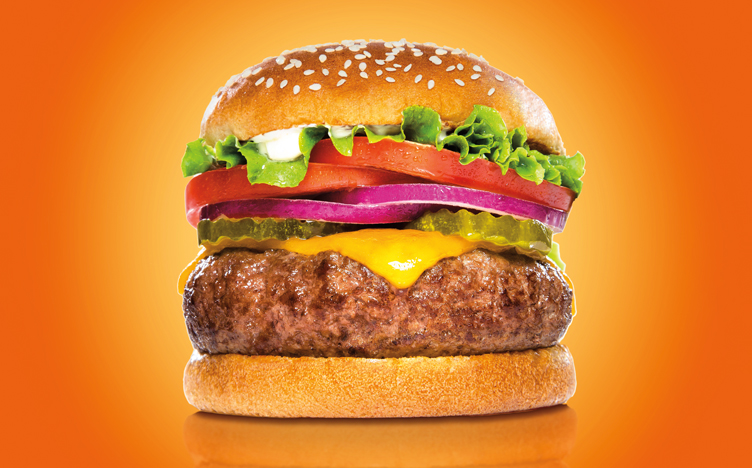Having a tooth extracted can be scary for your child — and for you. Knowing what to ask can make the experience less painful.
It’s like pulling teeth
Note: To help contain the spread of the coronavirus (COVID-19), the American Dental Association currently recommends that dentists postpone elective procedures and provide only emergency dental care. If your child has a tooth extraction scheduled, please contact your local dental office and speak with your dentist to find out what you should do.
A child losing a tooth is usually a joyful affair. Not only does it mean that a new permanent tooth will be arriving soon, it also means that a visit from the Tooth Fairy may be close at hand. Occasionally, your child’s tooth might have to be removed by a dentist.
Having a baby or permanent tooth pulled, or extracted, can be a frightening prospect for both you and your child. However, asking the right questions about extractions can help relieve some of this anxiety. Here are some questions that will help you learn what to expect before, during and after the extraction.
Why is my child’s tooth being extracted?
Cavities are the most common reason for extractions, according to a 2012 study. However, there are many other reasons why your child might need to have a tooth extracted. A baby tooth may need to be extracted when the tooth simply won’t fall out, or if it’s injured or damaged. Injury is also a common reason that a permanent tooth must be removed, as is infection, overcrowding or to prepare for orthodontic treatment.
How will my child’s tooth be removed?
The tooth will be removed by one of two processes: a simple extraction or a surgical extraction.
• A simple extraction will probably be performed by your dentist, who will use a tool called an elevator to loosen and lift the tooth, and then another tool, called a forceps, to remove it.
• A surgical extraction will be performed by your dentist (or an oral surgeon) in cases where when a tooth has broken under the gumline or has yet to fully emerge. The tooth, and possibly some gum and bone material, will be removed.
Are there alternatives to extraction?
Probably not. If your child’s dentist recommends extraction, it’s most likely because the dentist has determined that the tooth is too decayed or injured to be saved, or that it’s necessary for orthodontic treatment or to allow a permanent tooth to come in. Still, you can ask your dentist whether a less invasive procedure, such as a filling, crown or fluoride treatment, might be an option.
Will my child receive anesthesia?
Probably. During most simple extractions, your dentist will give your child an injection of a local anesthetic to reduce discomfort.
For surgical extractions, and occasionally for simple extractions, your dentist or oral surgeon might give your child a sedative such as nitrous oxide, general anesthesia, or both. Discuss the risks and benefits of these options with your dentist or oral surgeon. The American Dental Association provides a helpful list of questions to ask your dentist about what you should do before, during, and after a procedure in which your child receives anesthesia or sedation.
How should I care for my child after the procedure?
Be sure to follow all instructions from your dentist or oral surgeon carefully. Here are some tips to help your child heal quickly and comfortably:
• Ensure that your child doesn’t rinse vigorously or drink through a straw for at least 24 hours. While it might seem logical to rinse away as much blood as possible, the blood clot that forms at the extraction site will aid healing and prevent infection.
• Remind your child not to touch the extraction site.
• If the clot doesn’t form or is rinsed away, a painful condition called dry socket might result. If so, report this to your dentist immediately.
• Have your child gently brush and floss his or her teeth daily, but avoid the site of the missing tooth for at least a week. Brushing the tongue can also help eliminate the bad breath and unpleasant taste common after an extraction.
• Give your child a warm saltwater solution to gently gargle with the next day. (Half a teaspoon of salt in 8 ounces of water is recommended.) Your child should do this several times each day to help keep the socket clean.
• Serve soft, healthy foods and cool, non-carbonated beverages. Broth (let cool before serving), yogurt, scrambled eggs and applesauce are all good choices. Avoid nuts, seeds and other foods that can become lodged in the extraction site.
• If your child has swollen cheeks, use an ice pack to reduce swelling and pain. Ask your dentist or oral surgeon how long and how often to use it.
Having a tooth extracted might seem scary, but by asking the right questions, following your dentist’s instructions carefully, and using these tips, your child — and you — will be back to normal in no time.
Staying home?
Get inspired by these creative spring activities.
Build a burger that saves your smile
Choose the right ingredients to create a burger that you and your smile will love.
Break the cycle, not your teeth
Find out how to break the harmful habits. After all, it’s your smile. Why hurt it?








